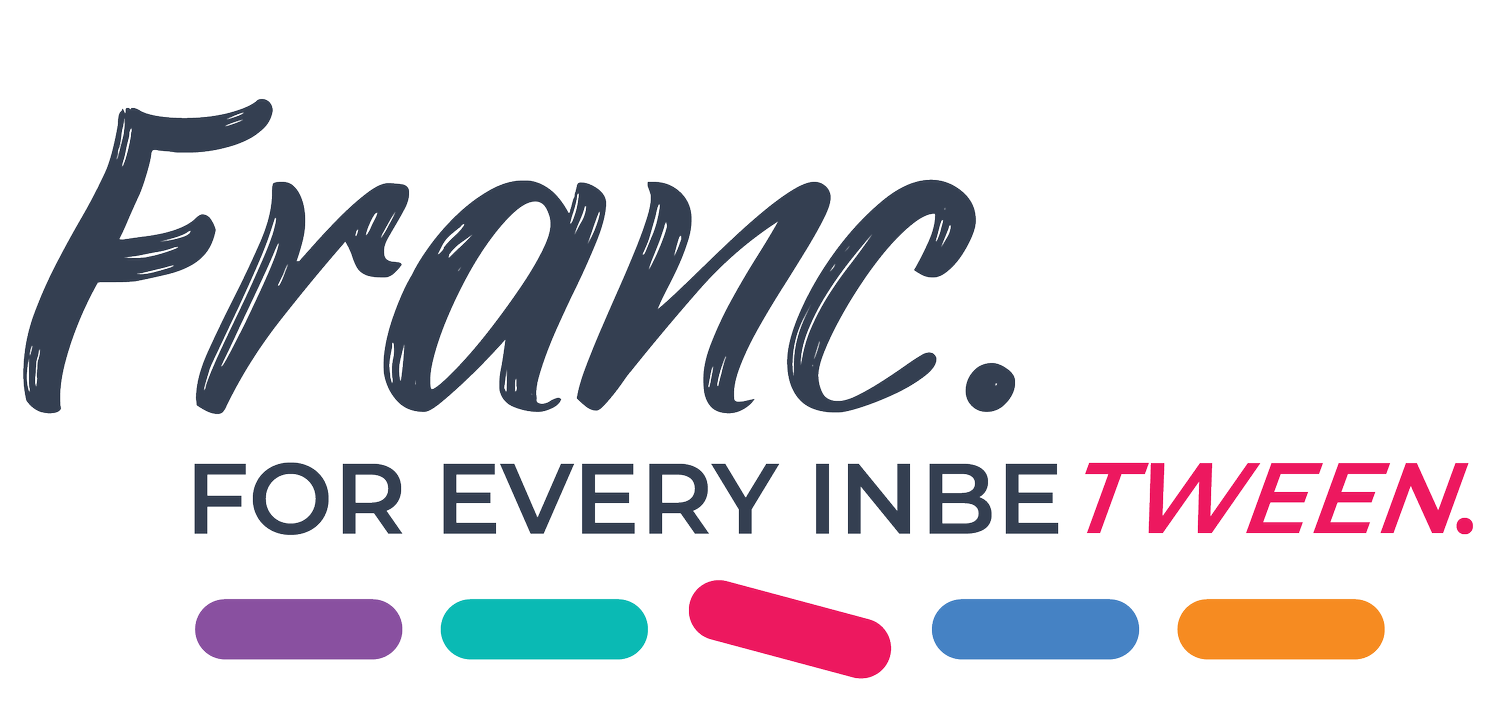PART FIVE: Mindfulness
“Mindfulness is the aware, balanced acceptance of the present experience. It isn’t more complicated than that. It is opening to or receiving the present moment, pleasant or unpleasant, just as it is, without either clinging to it or rejecting it.”
Studies have shown that mindful colouring can help tweens to feel calmer, happier, and more focused.
Teaching your tweens (and teens) mindfulness exercises need not be a difficult task. In fact, with just a few simple techniques, we can teach kids to feel calmer in everyday life. By being conscious of the importance of their mental health, understanding the benefits of stress reduction and showing them how to pay attention to their thoughts and feelings, tweens can become adept at practicing mindfulness all on their own.
So first things first – why do we need to be mindful of mindfulness?
For a start, it can help us to:
pay better attention to the world around us
be less distracted
be open to learn more
be a better listener
be a more patient person
stay calm in stressful situations
slow down the general pace of life
become more self-aware and gain more self-control
feel happier and enjoy life
What are some easy ways we can help tweens to become more mindful in their day-to-day life?
1. Mindful Breathing techniques. Perhaps the simplest tool available for
mindfulness is paying attention and observing your breathing. Mindful breathing helps to calm your mind, lower your heart rate and blood pressure, reduce depression and better regulate your body’s reaction to stress and fatigue. Try taking three take three mindful breaths before leaving for school in the morning.
2. Mindful Eating. Mindfulness and eating are a natural fit and being aware of what and how you are eating can lead to more intentional food choices and fewer unhealthy eating habits. Mindfulness is an effective solution for resolving a broad range of eating issues from overeating to losing weight to eating disorders. Mindfulness leads to more intentional food choices and fewer unhealthy eating habits. Try thinking about the food you are eating, it’s flavour, texture, smell and appearance. Pause often whilst eating and truly appreciate the process.
3. Mindful Exercise. Walking and paying attention to your every step helps to calm and relax and provide a break from constant mental chatter and noise. Connecting with nature and the environment around us also helps to draw our focus to the present moment. Try to keep your breathing steadily as you walk, take deep breaths and pay attention to your legs, your balance and how your body moves.
4. Mindful Words. This is an opportunity to practice focusing your attention on one singular word, whilst simultaneously calming your mind and slowing your breath. This is a form of single tasking, whereby your sole focus is on one thing. Try selecting a word that imbues calm and soothing thoughts. Then, concentrate on the word for a few minutes. If you feel your mind wandering, simply bring your focus back to the word.
5. Mindful Colouring. This activity can be a therapeutic (and fun!) exercise at any age, however studies have shown that it can help tweens to feel calmer, happier, and more focused. Colouring in can help create a sense of flow and at the same time, slowing down breathing as you become more and more engrossed in the task at hand. Try creating art that makes you feel happy and content. Enjoy the process as much as the final product!
Guided meditations and other practices can also provide incredible benefit for practicing mindfulness.
NOTE: THE TWEEN GUIDES ARE DESIGNED TO PROMPT FURTHER DISCUSSION BETWEEN PARENTS/CARERS AND OUR TWEENS. ALTHOUGH THEY ARE BASED ON FACTUAL RESEARCH, WE ENCOURAGE YOU TO SEEK YOUR OWN TRUTHS AND CONSULT A PROFFESSIONAL IF AND WHEN REQUIRED.

